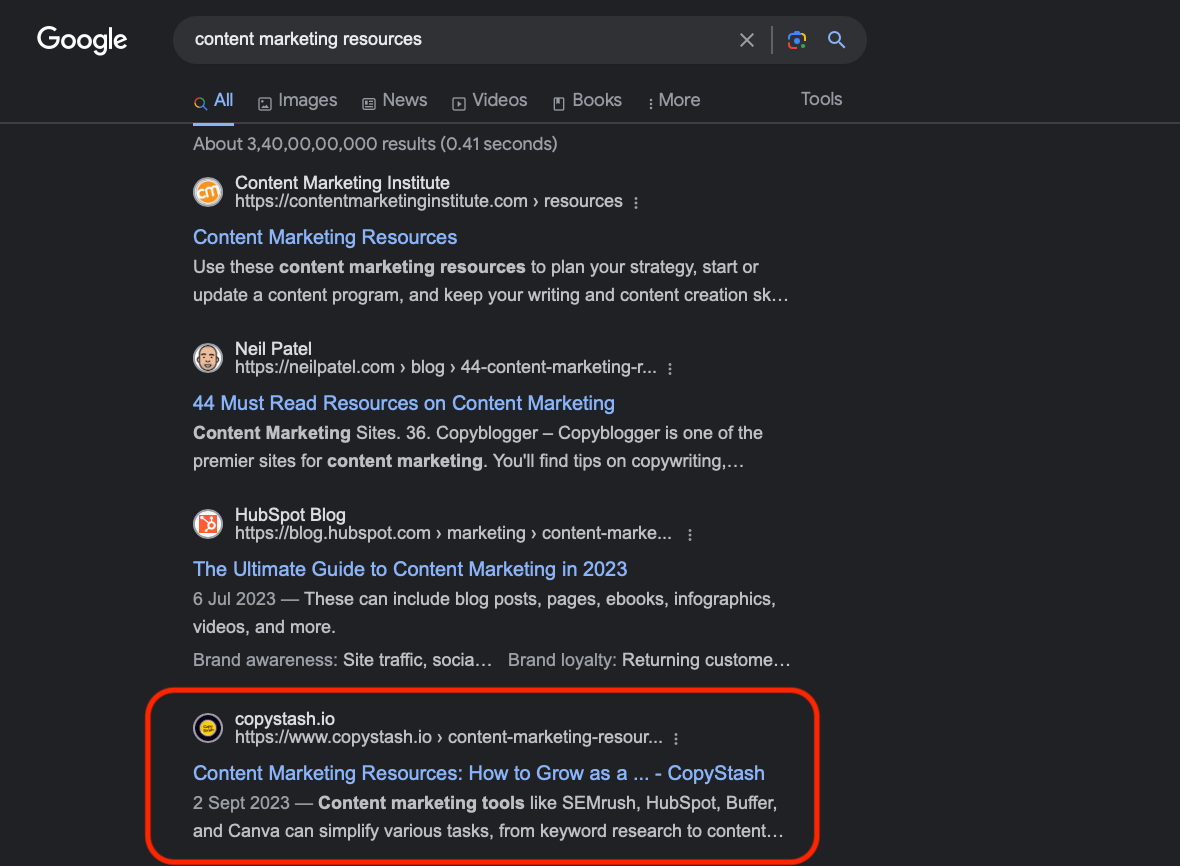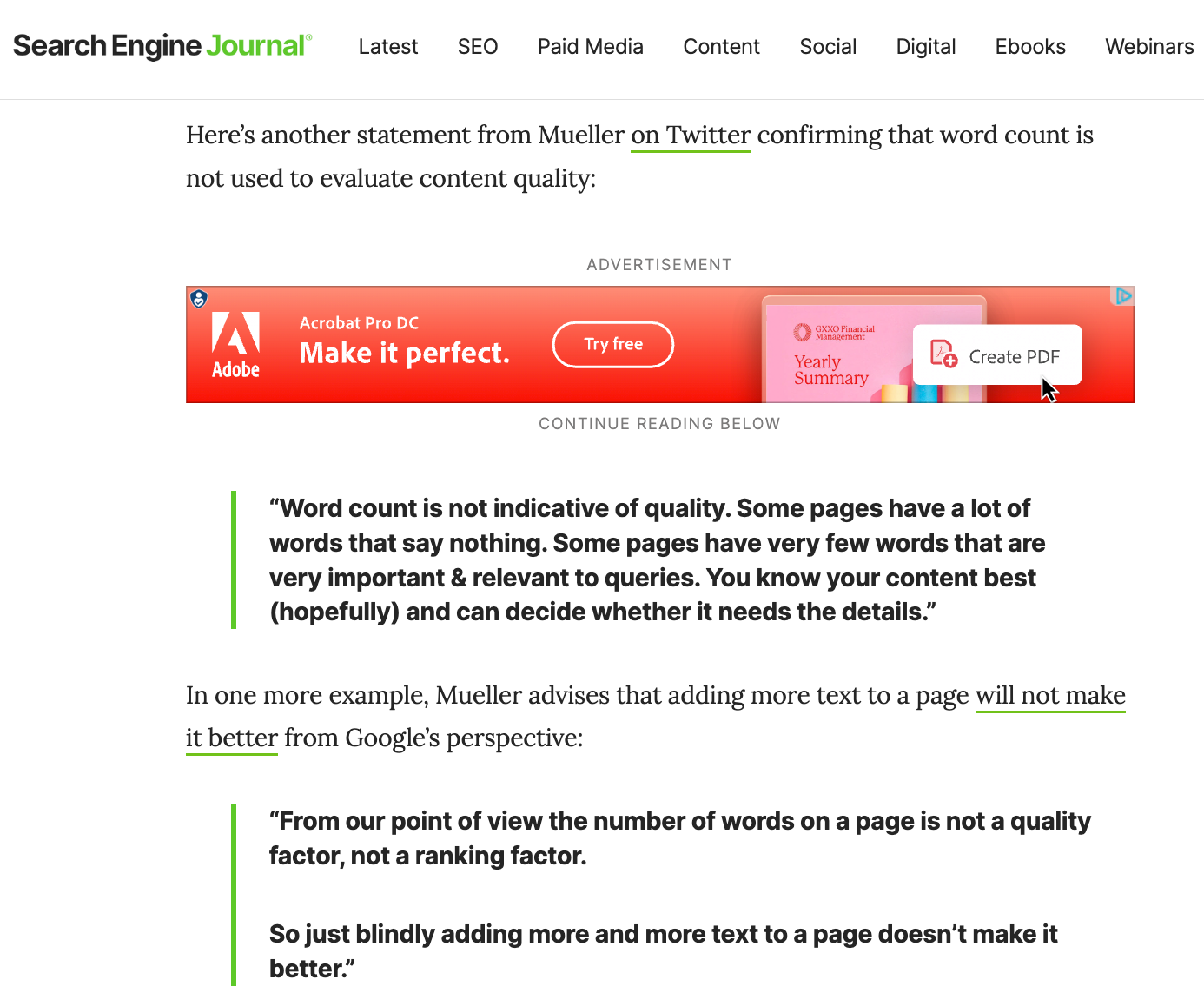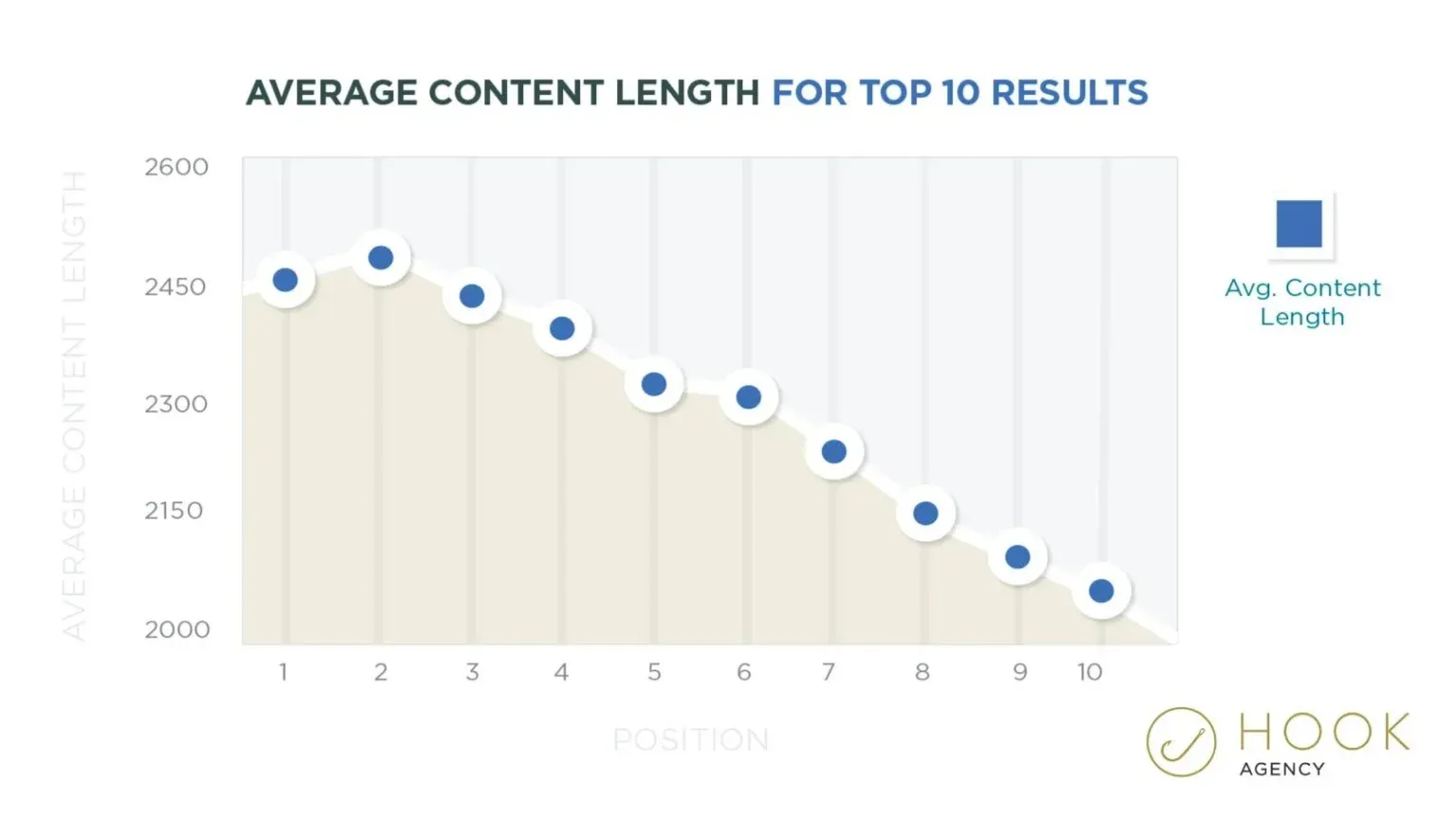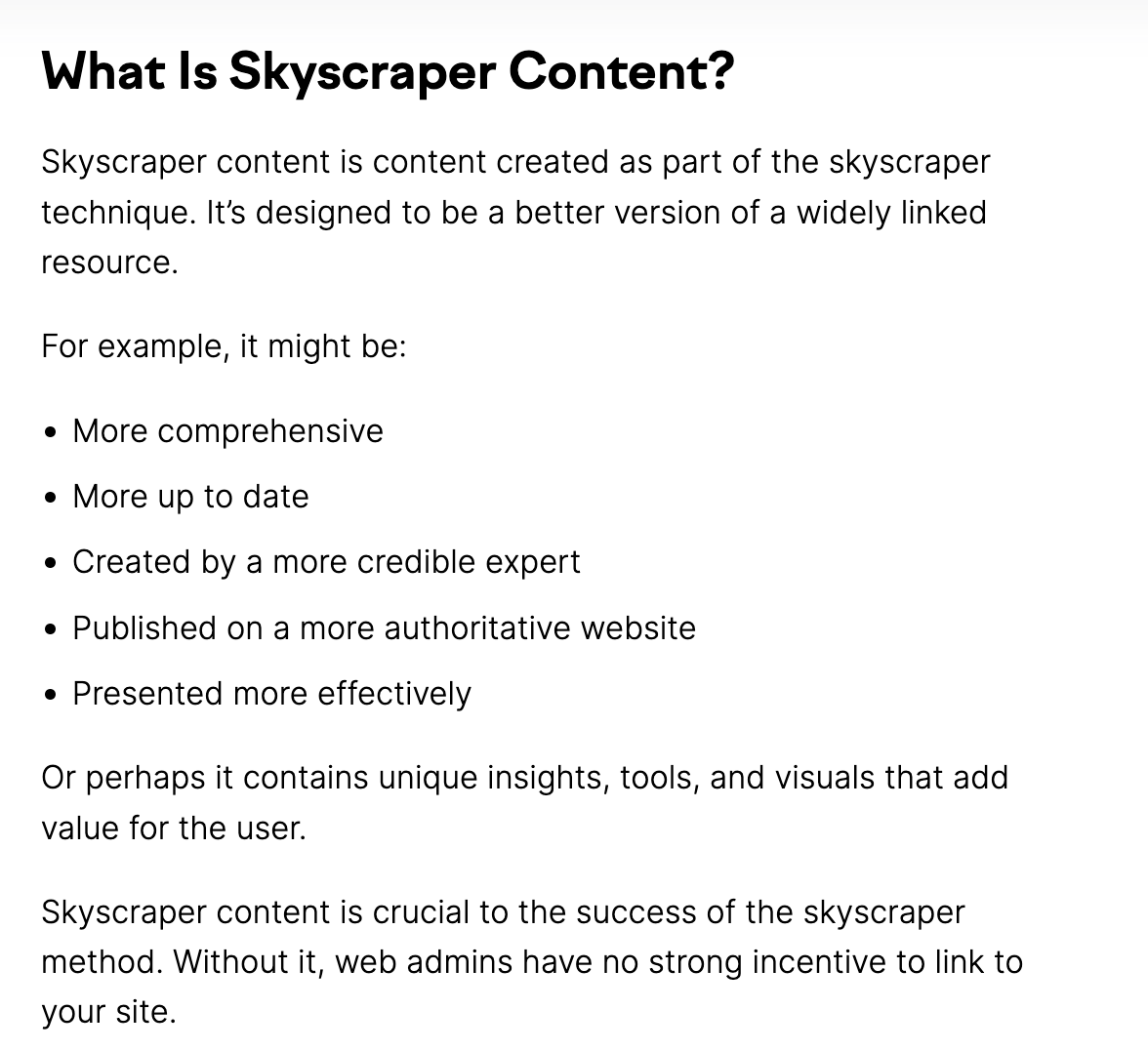How to Rank Higher on Google with a Low DA Website (Proven Tips)
Discover how to rank higher on Google with a low DA website using these proven tips. Learn how to effectively boost your search rankings today!

I don't wanna brag but my DA-9 website is ranking on position in the SERP for the keyword "Content Marketing Resources."
Here are a few details about the keyword-
Keyword: Content Marketing Resources
Keyword Difficulty: 26 (M)
SERP Rank: # 4 (As of 14.12.2023)
Current DA: 9
The time it took to get there: About a month

I won't say that I dig deep into the technical SEO part. In fact, I have been an SEO writer for most of my career and I believe if you have a small website hosted on a trustworthy platform, you don't need technical SEO.
I use Ghost for this website and hardly need to make any technical SEO changes for good ranks.
However, there are a few things as a writer that you can take care of and help your website or your client's website rank higher in the SERP.
And in this post, I will talk about all the on-page SEO best practices that you can use to improve your chances of ranking higher in the SERP.
This is based on 100+ articles I have written for multiple clients and websites.
The Keyword
If you're a writer, you've probably heard of keywords. But here's the key point— it's not just about using them; it's about using them strategically.
This is especially for the primary keyword.
The primary keyword or the focus keyword is the most crucial keyword that needs to be added throughout the blog post. Here are some essential places to include your primary keyword (I have divided the list based on necessary and good to add in):
Necessary-
- Title: Incorporate the primary keyword in the blog post's title or headline. This is one of the most important places for your keyword as it signals the topic of your post to both readers and search engines. Also, it's better to start your Title with your focus keyword.
- Introduction: Include the primary keyword naturally within the first 100 words of your blog post. This helps set the context and immediately informs readers about the topic.
- Subheadings (H2, H3, etc.): Use the primary keyword in subheadings throughout your content, especially if your blog post is lengthy and has multiple sections. This improves the structure and readability of your post.
- Meta Description: Craft a compelling meta description that includes the primary keyword. While this doesn't directly impact rankings, it can encourage users to click on your link in search results.
- URL Structure: If possible, include the primary keyword in the URL of the blog post. A clean and keyword-rich URL can be more appealing to both search engines and users.
Good to add in-
- Image Alt Text: If you use images in your blog post, add descriptive alt text to them, including the primary keyword if relevant. Alt text is essential for accessibility and image SEO.
- Throughout the Content: Naturally, integrate the primary keyword into the body of your blog post. Use it where it fits contextually and doesn't disrupt the flow of your writing. Avoid keyword stuffing, which can harm your SEO. A good idea is to keep the keyword density between 2-2.5%.
- Conclusion: Mention the primary keyword one more time in your conclusion or wrap-up section. This reinforces the topic and summarizes the content.
- Anchor Text: When you link to other pages on your website or external sources, use the primary keyword as anchor text when it makes sense. This helps search engines understand the content of linked pages.
Content-Length
According to a post from the Search Engine Journal, content length is NOT a ranking factor.

However, here's another clip from Neil Patel's article that suggests otherwise.

So basically the longer the content piece the more the chances of ranking high.
Another thing, if you use any tools like Frase or Clearscope for content optimization, you'll see these tools show an average word count for a given topic and to improve the chances of ranking, the writer should include more words than the average word count.
FAQ Section
Having a dedicated FAQ section at the end of a blog post has multiple perks-
- Add more keywords in that section.
- Answer questions that people ask directly; this will allow the search engine bots to understand better what the page is about and it will improve the chances of ranking
- The FAQ section gives you more chances of internal linking. For example, you answer a question in short in the FAQ section and then add a link to a blog post that explains the topic in detail. Remember pillar-clusters?
Content Recency
To understand this, you first need to know about Google's Caffeine Update. Here are a few key points-
- Google Caffeine was not a regular algorithm update but rather a major infrastructure overhaul of Google's search engine.
- It was launched in 2010 with the primary goal of improving the speed, accuracy, and, freshness of search results.
- Before Caffeine, Google's search index was updated periodically, which could result in delays in showing the latest content in search results.
- Caffeine introduced a continuous and real-time indexing system, allowing Google to crawl and index the web more frequently.
- The update focused on providing users with the most up-to-date information in search results, enhancing the user experience.
- Caffeine did not significantly change the way search results were ranked or how SEO worked; it was primarily an infrastructure update.
- Google continues to make regular updates to its search algorithms to improve search quality, but these updates are separate from Caffeine.
Simply put, Google Caffeine's primary purpose was to enhance the freshness and recency of search results. With the Caffeine update, Google began indexing and displaying content from the web in a more real-time and continuous manner. This means that when users perform a search, they are more likely to see the most up-to-date and recently published content related to their query.
High-Quality Content
This goes without saying— you need to create content that is capable of helping your reader and THAT makes the quality good.
On this note, I love Brian Dean's idea of Skyscraper content (coming from the Skyscraper technique).

Here's what I do when I try to write quality content-
- Start with understanding the audience and why are they searching for that particular topic: This will help you structure your content in the right way and add the content that is ACTUALLY needed rather than adding fluff.
- Research thoroughly: Conduct comprehensive research on your topic. Gather information from reliable sources, PDFs, studies, and ranking websites. Ensure your content is accurate and well-informed. Don't restrict yourself to just the ranking articles.
- Plan and Outline: Create an outline before you start writing. Organize your ideas and main points logically. A well-structured outline can make the writing process smoother and help maintain a clear focus. You can also add references and screenshots. The more thorough it is, the easier will be to create the first draft.
- Write it: Write it in a go. Don't edit it while writing.
- Cut the fluff: Edit it mercilessly. You can also ask ChatGPT to read your article and suggest ideas to improve the content. Don't use all the suggestions but the ones that make sense.
That's it, Folks!
Content Writing Jobs-
- Content Writer at PrintStop India.
Connect with Siddhi (Modi) Shah for more details.
Salary Range: 5-8 LPA INR - Content Writer at Versatile, Top 1% Design Talent.
Connect with Salil Bajaj for more details.
Salary Range: 3-6LPA INR Mid-senior Content Writer (2-3 yrs exp)
Hope you found it useful.